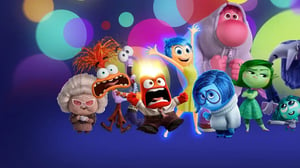
3D Animator
Copyright Walt Disney Motion Pictures
TABLE OF CONTENTS
What does a 3D Animator do?
3D animators manipulate digital characters, props, and machines to move through and interact with their environment (digital or live-action) according to the actions laid out in a script, storyboard, or pre/postvis.
They breathe life into characters, creatures, and objects by producing the motions, gestures, and expressions of a rigged 3D model frame-by-frame, which is then strung together to form the actions seen in films, TV, advertising, and video games.
3D Animator job description
3D animators bring an imagined universe and its characters to life. Everything within frame has scope, weight, and meaning. Animators need to be able to visualize new worlds into being.
The movements and trajectories created by an animator are inputted into the relevant software as mathematical equations which are then rendered via a graphics processing unit that outputs the final animation in what's called a 'playblast'. This is then reviewed by supervisors, directors, and clients for approval.
Role & responsibilities
- 'Breathing life' into 3D rigged models
- Researching visual style, genre, and technologies to produce each individual project
- Applying motion capture to enhance performances
- Identifying key scenes and sequences
- Transforming storyboards into animated sequences
- Managing files, animation libraries, and updating procedures documentation
- Integrating sound and syncing dialogue

How much does a 3D Animator make?
From now to 2028, 3D animation jobs are expected to rise by 4%, making it a great career choice with growth in opportunity and advancement.
Skills required to become a 3D animator
The role of the 3D animator requires strong technical knowledge along with a highly creative sensibility. Rendering 3D animation sequences involves complex mathematical calculations, a career in 3D animation necessitates both left and right brain sensibilities.
Film and game studios may look for the following skills in 3d animators:
- Ability to visualize 3D iterations of two-dimensional storyboards and artwork
- Good instinct for timing, movement, and editing cuts
- Experience working with 3D models and rigs (provided by 3d modelers and riggers, respectively)
- Understanding of acting techniques, cinematography, and visual storytelling
- Understanding of anatomy, how limbs move, the effect of weight, and the behavior of skin and flesh
- Knowledge of film and animation genres, and ability to work within these styles
- Advanced concept of visual language - perspective, point of view, proportion, color, composition, framing, etc.
- Working knowledge of the laws of physics - gravity, acceleration, and the laws of energy
What software and tools do 3D Animators use?
The software used for 3D animation is highly specialized. The more platforms you are trained in, the more valuable you will be to an employer. 3D animators may need knowledge of a combination of the following software.
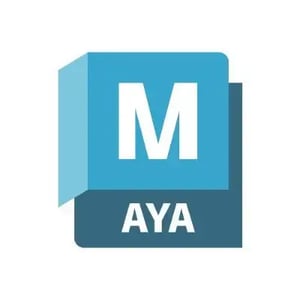
Maya is a comprehensive 3D animation software used for creating detailed models, animations, and visual effects. It's popular in film, TV, and game development for its powerful tools.
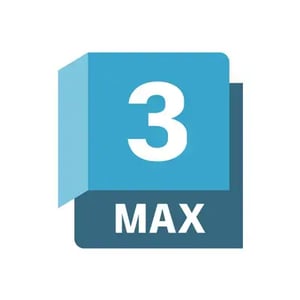
3ds Max is a professional 3D computer graphics program for making 3D animations, models, games and images. It is developed and produced by Autodesk Media and Entertainment.
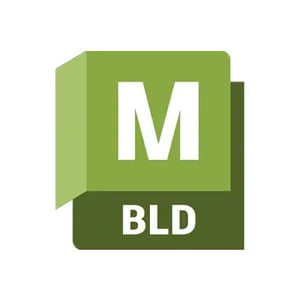
MotionBuilder is a 3D character animation software produced by Autodesk. It is used for virtual cinematography, motion capture, and traditional keyframe animation.
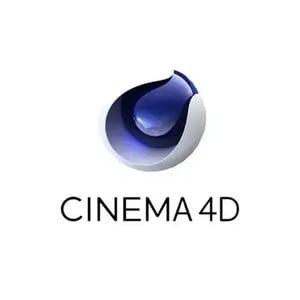
Cinema 4D is a 3D software suite developed by the German company Maxon
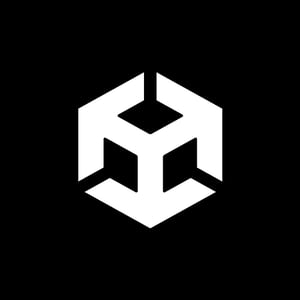
Unity is a cross-platform game engine developed by Unity Technologies, first announced and released in June 2005 at Apple Worldwide Developers Conference

Mudbox is a proprietary computer-based 3D sculpting and painting tool. Currently developed by Autodesk, Mudbox was created by Skymatter
A day in the life of a 3D animator
The daily responsibilities of an animator vary depending on the type of job you are working on. As with every other step in the pipeline, once you receive your assignment, research is key. For example, Disney artists working on the film Zootopia spent time at animal wildlife reserves studying the behavior and movements of the animals in person. Following research, the artist then decides what techniques to use and starts blocking out the main poses of the object they're working on. Techniques include things like placing keyframes and choosing between IK and FK, which are different ways to have the bones move when animating. The main poses will include the starting pose, ending pose, and some poses in between. Once these poses are in place, the artist gets feedback from a supervisor and moves forward with perfecting the movements of their model.
An animator’s responsibilities vary due to company size. Smaller companies may be more likely to hire artists that also have the ability to rig models. The company saves time and money by having one person do both tasks. A larger company may hire specialized artists who focus on one specific task so that when more high-profile projects come through, they are handled as efficiently as possible.
Zootopia Progression Reel from Shaofu Zhang on Vimeo.
How to become a 3D Animator
Practice makes perfect. When you are first learning, it takes some time to get your animations as smooth and precise as you would like. Repetition will eventually make the tedious aspects quick and natural, which will then let you focus on the more in-depth nuances and personality of your animations.
Download some free rigged models (such as this free tiger rig) and practice animating characters, vehicles, and moving props. This will give you a reference as to how to work with soft vs hard objects as well.
As mentioned before, research is key. Prepare yourself for a career in this field by spending time gaining knowledge of:
- The motion of humans, bipedal creatures, quadruped creatures, and animals
- Facial movement and portraying different moods
- Mechanical design
- Mechanical operations
- Weight and physics
As technology improves, artists are expected to understand how motion capture works. Once the motion capture data is imported, animators will often have to tweak the keyframes to perfect the facial and body movements of the character.
One recent example of a successful use of motion capture tools is War of the Planet of the Apes. The actors who played the apes wore motion-capture suits, which were filmed by a series of cameras. The data was then sent to animators who made creative choices to enhance the personalities of the 3D modeled apes that would replace the actors. This process is becoming more commonplace by the day in both the film and games industries.

Ready to Start Your Animation Journey?
Download our course guide to see how we can help you on your pathway to your dream career.Tips to break into the animation industry
Spend as much time as you can on your best pieces of work. Pick a few and perfect them the best you can for your 3D animation portfolio or demo reel. Show versatility in the types of animations you complete, and demonstrate your ability to portray true emotions through facial animation and accurately emulate weight and physics.
Use the networking opportunities available to animation artists to build up your contacts. This can be one of the best ways to get a job. Searching online, you can find many industry meetups and events, which often include guest speakers like professional artists and software creators. The knowledge gained by listening to these types of guest speakers talk about their personal experiences is irreplaceable.
Read more on creating an animation portfolio or demo reel that stands out or how to get 3D animation projects.

Industry Pathways
Mark Pullyblank, Department Head of 3D Animation at CG Spectrum, shares how he broke into the industry later in life, and what strategies he used to quickly move forward in his career. This episode is chock-full of actionable tips for artists starting out in the industry - don't miss it!


